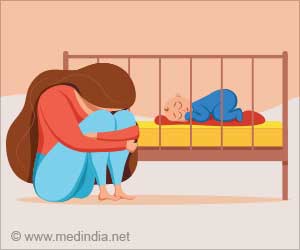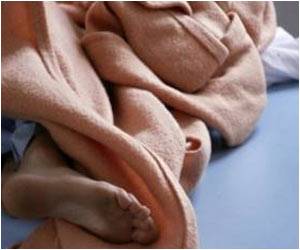New mattress and pillow developed can help you sleep faster and improves overall sleep quality.
- New mattress developed with heating and cooling system embedded in the mattress and the pillow
- Skin of the neck is the primary sensor the mattress targets
- Helps you sleep faster and improves overall sleep quality
All About the New Mattress
Sleep is possible when the body temperature declines at night as part of the 24-hour rhythm. This new mattress stimulates the body to trigger the sleepy feeling, helping people fall asleep faster and improving the quality of sleep.“We facilitate the readiness to fall asleep by manipulating internal body temperature-sensitive sensors to briefly adjust the thermostat of the body so it thinks the temperature is higher than it actually is,” said Shahab Haghayegh, a research fellow at Harvard Medical School’s Division of Sleep Medicine and Brigham and Women’s Hospital, who helped lead the development of the mattress at UT Austin while earning a Ph.D. in biomedical engineering. Haghayegh graduated in 2020.
The skin of the neck is an important bodily thermostat for humans, and it is the primary sensor the mattress targets, with a warming pillow. The mattress is designed to simultaneously cool the central areas of the body while heating up the neck, hands, and feet, thereby increasing blood flow to dissipate body heat.
The researchers published a proof-of-concept study about the unique combination warming pillow plus cooling-warming, dual-zone mattress system in the Journal of Sleep Research, looking at two versions of the mattress: one that uses water and another that uses air to manipulate the core body temperature. They tested the mattresses with 11 subjects, asking them to go to bed two hours earlier than usual, some nights using the cooling-warming functions of the mattresses and other nights not.
The study found that the warming and the cooling-warming mattress helped them fall asleep faster – approximately 58% faster compared with nights when they did not use the cooling-warming function, even in the challenging setting of an earlier bedtime. Not only did lowering internal body temperature significantly shorten the amount of time required to fall asleep, but it also resulted in a significantly improved quality of sleep.
The researchers published a study in 2019 that found taking a warm bath an hour or two before bed helped people fall asleep quickly and sleep better. This project is similar but more targeted.
“It is remarkable how effective gentle warming along the cervical spine is in sending a signal to the body to increase blood flow to the hands and feet to lower the core temperature and precipitate sleep onset,” Diller said. “This same effect also enables the blood pressure to fall slightly overnight, with the benefit of allowing the cardiovascular system to recover from the stress of maintaining blood flow during daily activities, which is highly important for long-term health.”
The team has a patent for the cooling-warming mattress and pillow technology and is seeking partnerships with mattress companies to commercialize it.
Other members of the team are Sepideh Khoshnevis and Michael Smolensky of UT Austin, Ramón Hermida of the University of Vigo in Spain, Richard Castriotta of the University of Southern California, and Eva Schernhammer of Harvard University.
Source-Eurekalert










